Alteration ‘opens the floodgates’ to DHT synthesis in prostate tumors
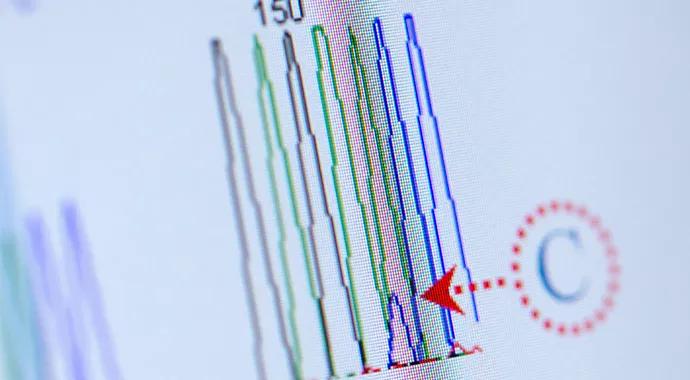
The development of castration-resistant prostate cancer (CRPC) occurs in large part by tumors acquiring the capability of synthesizing their own supply of 5α-dihydrotestosterone (DHT) from nongonadal sources, particularly from adrenal precursors. The role and requirement for intratumoral DHT synthesis in the development of CRPC is evident from the efficacy of next-generation hormone therapies that have entered into clinical practice. This includes abiraterone acetate, which blocks androgen synthesis, and enzalutamide, which is a potent androgen receptor antagonist.
Advertisement
Cleveland Clinic is a non-profit academic medical center. Advertising on our site helps support our mission. We do not endorse non-Cleveland Clinic products or services. Policy
Despite the long-recognized phenomenon of elevated androgens in CRPC, no mutation has yet been described that is responsible for increasing DHT synthesis.
At Cleveland Clinic, oncologist Nima Sharifi, MD, has identified the first such example of a genetic alteration that increases the conversion of precursor steroids to DHT, permitting tumors to grow in the absence of gonadal testosterone. Dr. Sharifi is an associate staff member of the Taussig Cancer Institute’s Department of Solid Tumor Oncology, and of the Glickman Urological & Kidney Institute’s Department of Urology,
The enzyme 3β-hydroxysteroid dehydrogenaseisoenzyme-1 (3βHSD1) is required for the first and rate-limiting step in the conversion of adrenal dehydroepiandrosterone (DHEA) en route to DHT. A mutation occurs in 3βHSD1 in a subset of human CRPC tumors that blocks degradation of this enzyme, increasing the amount of enzyme available in the cell and resulting in an increase in the flow of precursor steroids to DHT.
The essential consequence is that this mutation opens the floodgates to DHT synthesis, permitting tumors to grow in the absence of gonadal testosterone.
Dr. Sharifi found not only that this mutant 3βHSD1 occurs in human CRPC tumors, but also that it occurs in a mouse model of resistance to abiraterone acetate. Current studies are aimed at determining whether clinical resistance to abiraterone acetate and enzalutamide is attributable in part to 3βHSD1 mutations.
In addition to the 3βHSD1 mutation that occurs in tumors with the development of CRPC, the same genetic alteration exists as an inherited germline variant. In this form, it is possible that this germline variant plays a part in upfront resistance to hormonal therapy.
Advertisement
Other ongoing studies will identify how germline variant inheritance regulates androgen metabolism in localized prostate cancer. It is conceivable that upfront genetic information on hormone therapy response/resistance may help determine the best treatment modality for a specific patient.
Photo by Russell Lee.
Advertisement
Advertisement
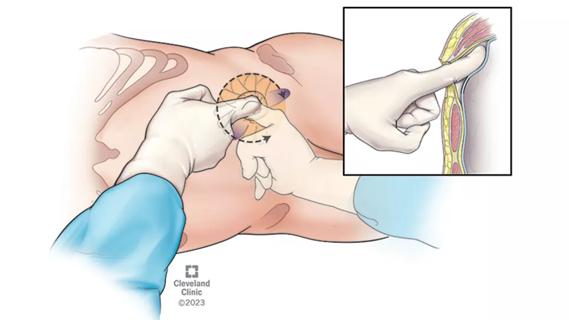
Pioneering and refining the approach in pyeloplasty, nephrectomy and more

Unlike earlier pills, new drugs do not cause liver toxicity
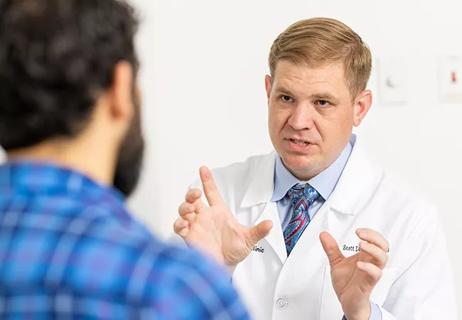
Male factors play a role in about half of all infertility cases, yet men often are not evaluated
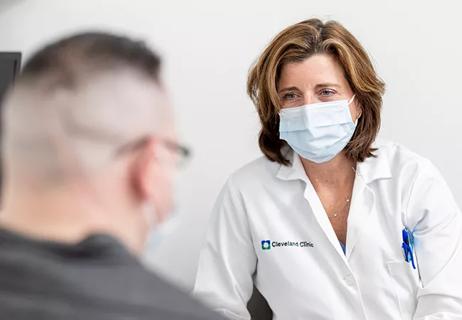
Hadley Wood, MD, shares her vision as the new editor-in-chief of Urology
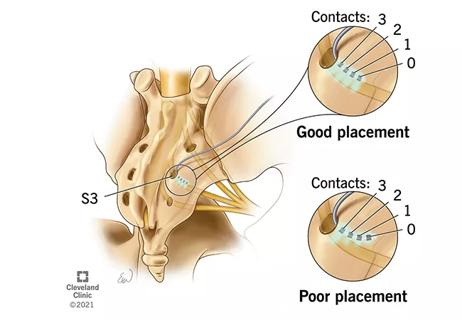
Study leverages data from the ROSETTA trial
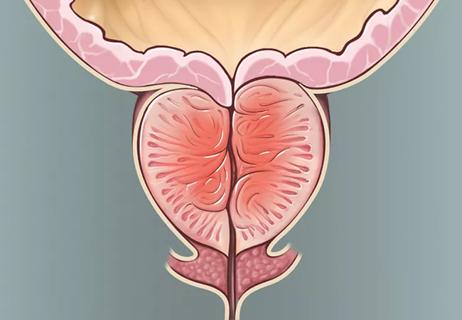
More on the procedure and the institutional experience

Explain some, but not all, of lower utilization
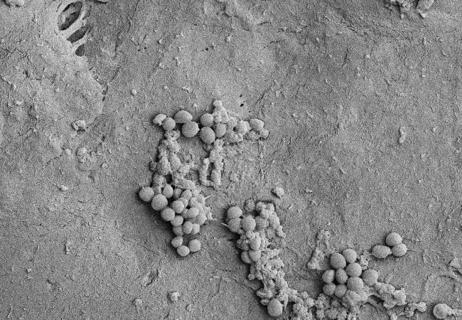
Study analyzes device biofilms, establishes basis for future developments